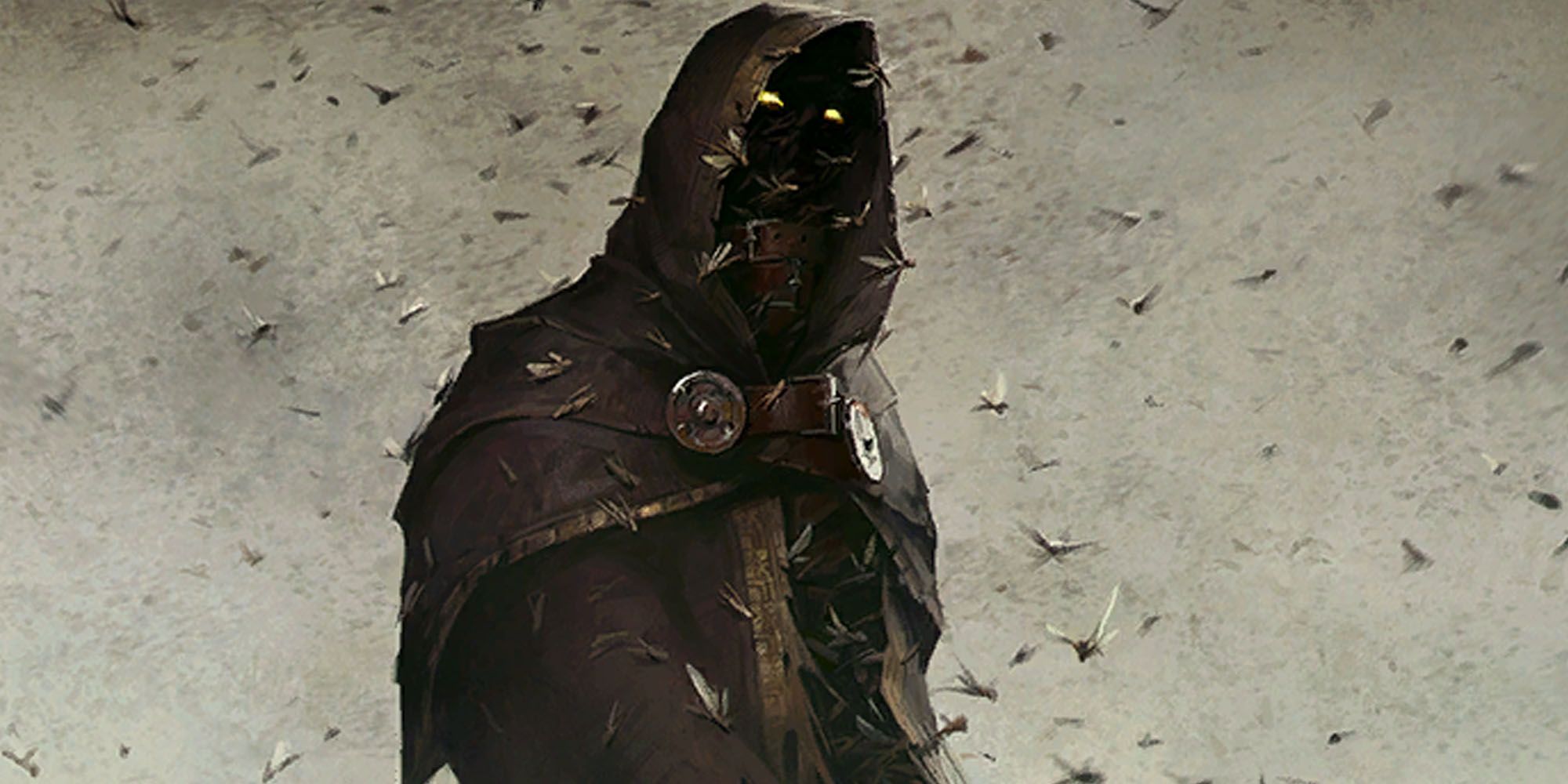
Pathfinder: Wrath of the Righteous offers 10 Mythic Paths for the players to follow on their quest to drive back the demon hordes threatening to devour all. Not all Mythic Paths are for the pure of heart, however. Three of the paths offered allow the player to pursue truly evil routes few would dare follow.
The Swarm-That-Walks is one such path to darkness so vile and corrupted that it forces the player's companions to abandon them on their quest -- but a Swarm-That-Walks is never truly alone. They are legion, a host to numbers unimaginable, and the power of their corruption is a devastation simply waiting to be unleashed by any and all who dare to cross their path.
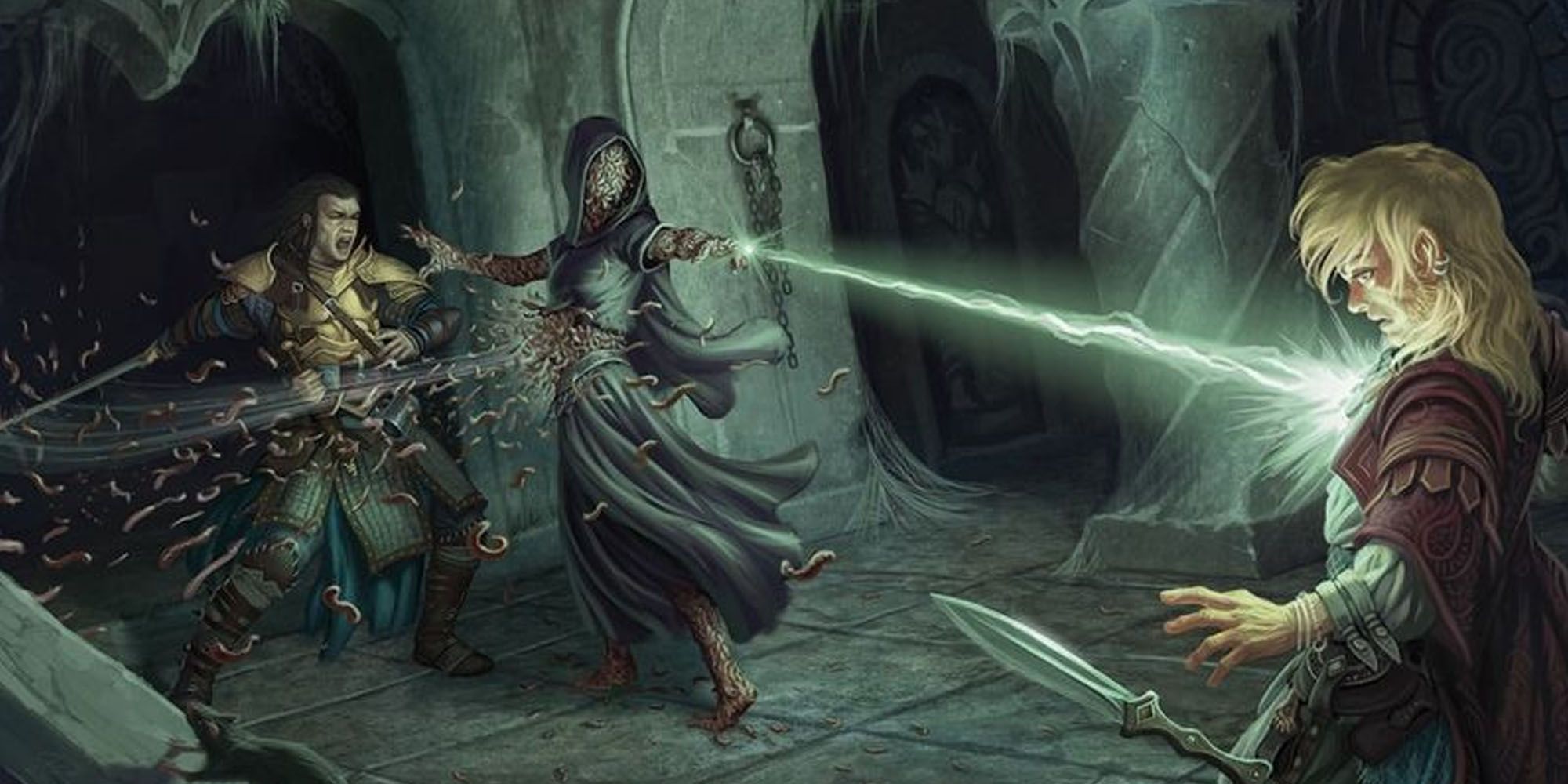
Likely inspired by the Pathfinder creature, the Worm That Walks, there are some differences between the inspiration for this Mythic Path and that monster. First and foremost, a Worm That Walks was once an evil spellcaster who was buried in magic-infused earth when they died. The worms that fed upon their soul consumed its very essence, forming a hive-mind that rose to walk the worlds again, spreading pestilence and disease.
This entity was not always comprised of worms. In some cases, it was locusts, cockroaches, ants or wasps that rose to walk, becoming powerful a spellcaster on a mission to spread pestilence wherever it went. The Swarm-That-Walks, however, is not a spellcaster, but an all-devouring monstrosity that is always hungry, never satisfied and fully prepared to consume any and all who cross its path.
This Mythic Path is so vile and corrupted that even the closest of allies will turn away, refusing to follow where the pestilence leads. But Pestilence needs no companions. It is a force of reckoning fully prepared to devour those who dare to cross its path -- friends and allies included.
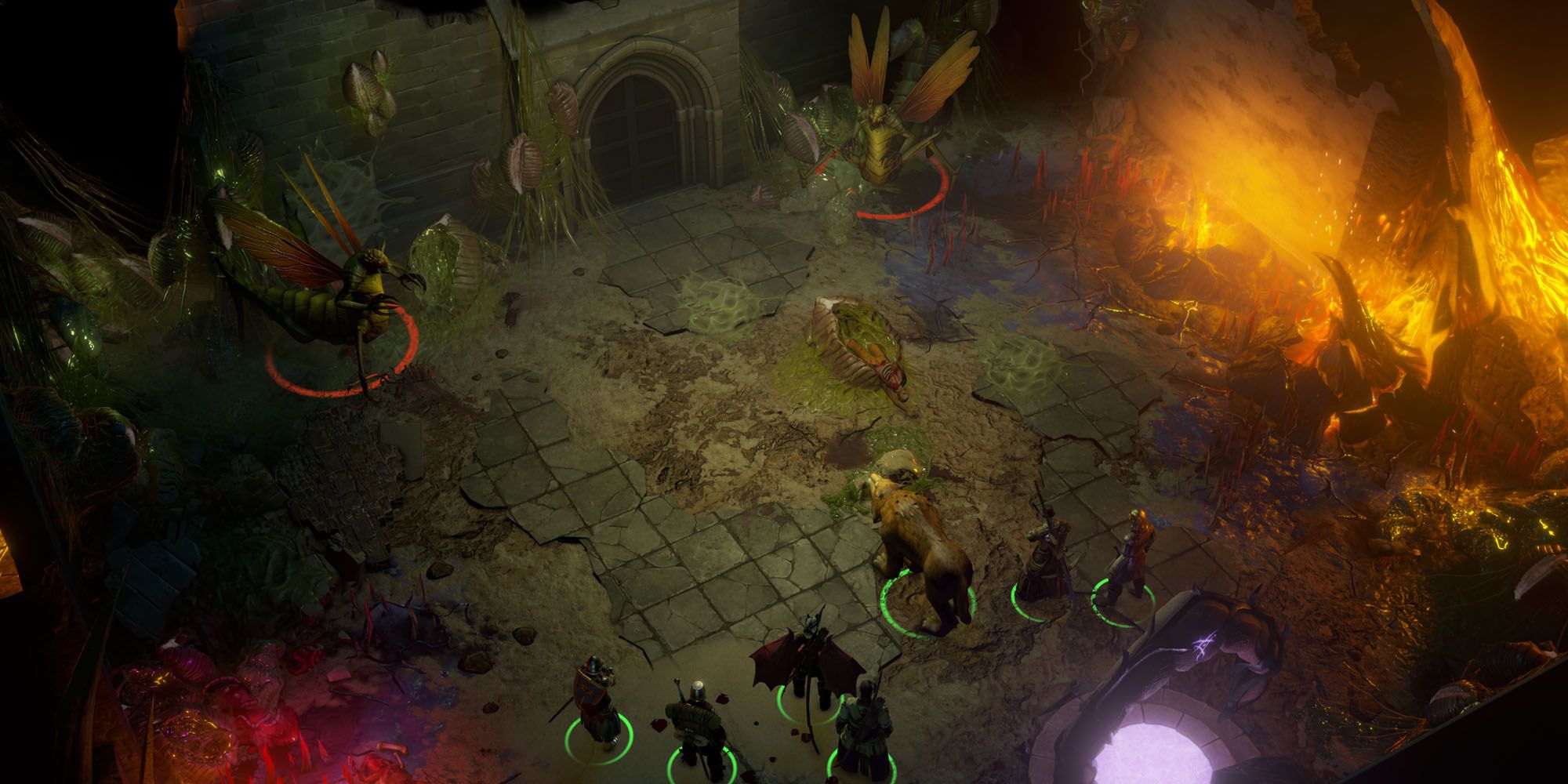
The Swarm-That-Walks Mythic Paths is one of the most complicated Paths in the game as, if the player makes one wrong move or misstep, they can become locked out of path long before it even starts. One major decision occurs in Act II, when confronted with the issue of taking Queen Galfrey on the crusade. Do not take her, as doing so will make the path impossible to launch.
Later on, in Leper's Smile, battle the Vescavor Queen and kill her. Collect a sample of the bug goop from her remains, then use it near the end of Act II in the Drezen battle. If Queen Galfrey is there, she will veto the order to spread the Vescavor plague through the city, which is necessary to progress the quest to become a Swarm-That-Walks.
If everything has been done correctly, the "Demonic Parasites" quest will be prompted at the beginning of Act III. It tasks the player with searching for other Vescavor in Drezen, leading to a house in the southern area of the city where another Vescavor Queen is found. Do not kill this one, as killing her halts the quest.
Continue the main quest until you encounter Xanthir Vang in the Ivory Sanctum. As the ruler of the Ivory Sanctum, Vang is the source of orders for the demons in that area; he is the very thing the player is looking to become. Defeat him in battle, then ask him how he became a Swarm. Gather all of his notes, which launches the decree "Xanthir's Experiments."
Pass the decree, at which point Anevia will note that the others are becoming worried. Do not choose the dialogue option: "I don't know what came over me," or it will lock the path. Complete all of the research tasks in "Xanthir's Experiments" before ending Act IV and at the start of Act V, return to Drezen and seek out the Vescavor Queen that was left alive. Kill her and choose to "Devour the Queen" to complete the process of becoming a Swarm-That-Walks.
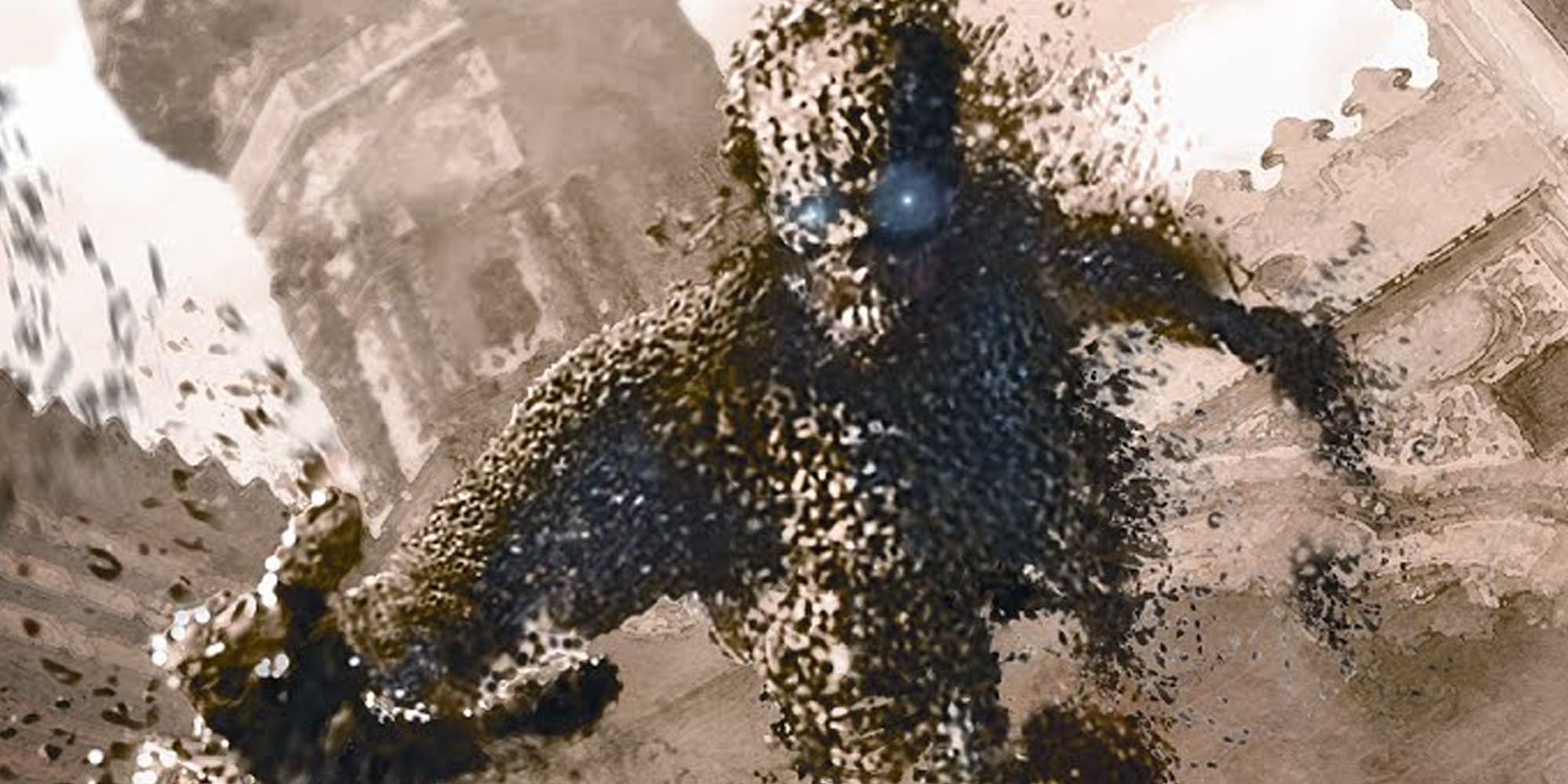
No allies or armies will follow a player who becomes a Swarm-That-Walks, but that's okay. The Swarm is a walking plague and pestilence, a hive-mind with enough company to satisfy any loneliness it might feel. It also has its very own army of Swarm units that can be sent to infest enemies, blinding them while dealing 8d8 damage per round. If the target dies during this process, the Swarm devours it, and heals itself for the amount of damage dealt.
The Swarm can also fly out of the body and attack all enemies within in a 50 foot radius of the player, dealing at least 4d6 physical damage per round in combat, which grows as the swarm does. Any who die during this time are immediately devoured. The Swarm is also able to create its own clones with all the same abilities and a separate inventory. One clone for every three points of the swarm size can be active simultaneously.
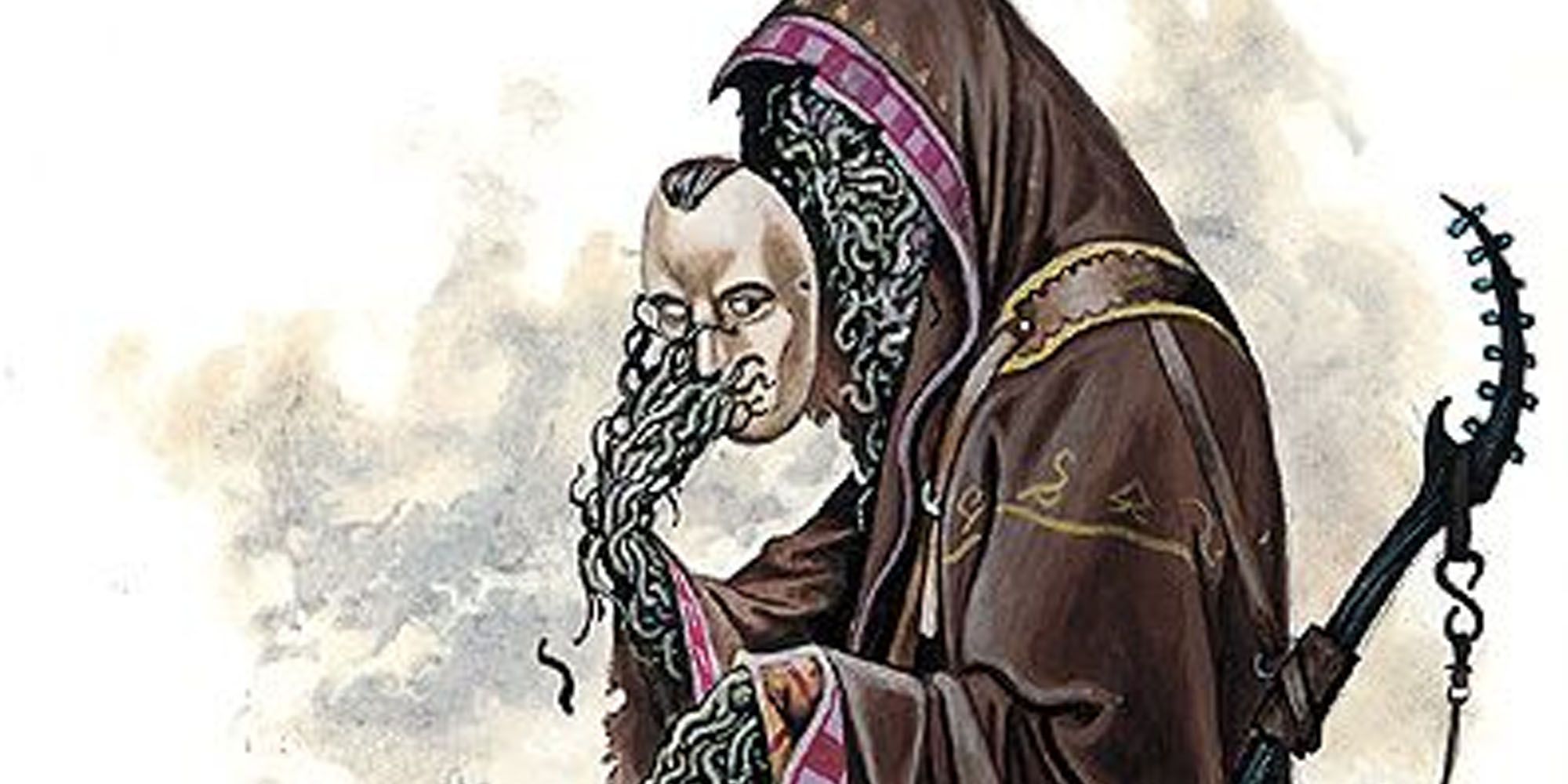
Increasing the size of the horde requires consuming fallen enemies, which there will be plenty of as this walking pestilence treads the path. At Mythic level eigth the Swarm-That-Walks gains access to a mythic ability, as well as Swarm Infest, Swarm Feast, Devour, Host of the Great Swarm and Swarm Form. Using Devour, the player can increase the size of their hoard by sending out a swarm to devour a fallen enemy. The increase is dependent on the challenge rating of the fallen enemy.
Level nine presents a Mythic Feat and Eye of the Swarm. By becoming the Swarm itself, the player becomes immune to attacks of opportunity. Strength and Dexterity both increase by 4+swarm size, and they gain immunity to most effects that would harm a mortal body, like poison, stun, disease and paralysis. While the Swarm form is active, attacks increase by 4+swarm size, and enemies who using melee attacks suffer 4+swarm size d6 damage.
At level 10, becoming the Swarm increases both Wisdom and Charisma by 4+swarm size, they gain 25+swarm size spell resistance and immunity to most harmful conditions. They can also begin making Swarm Clones and can have multiple clones active simultaneously, earning one per every three swarm points. Swarm Clones have all the same abilities as the Swarm-That-Walks, which means defeating and devouring multitudes of enemies to continue increasing the size of the horde.
0 Comments